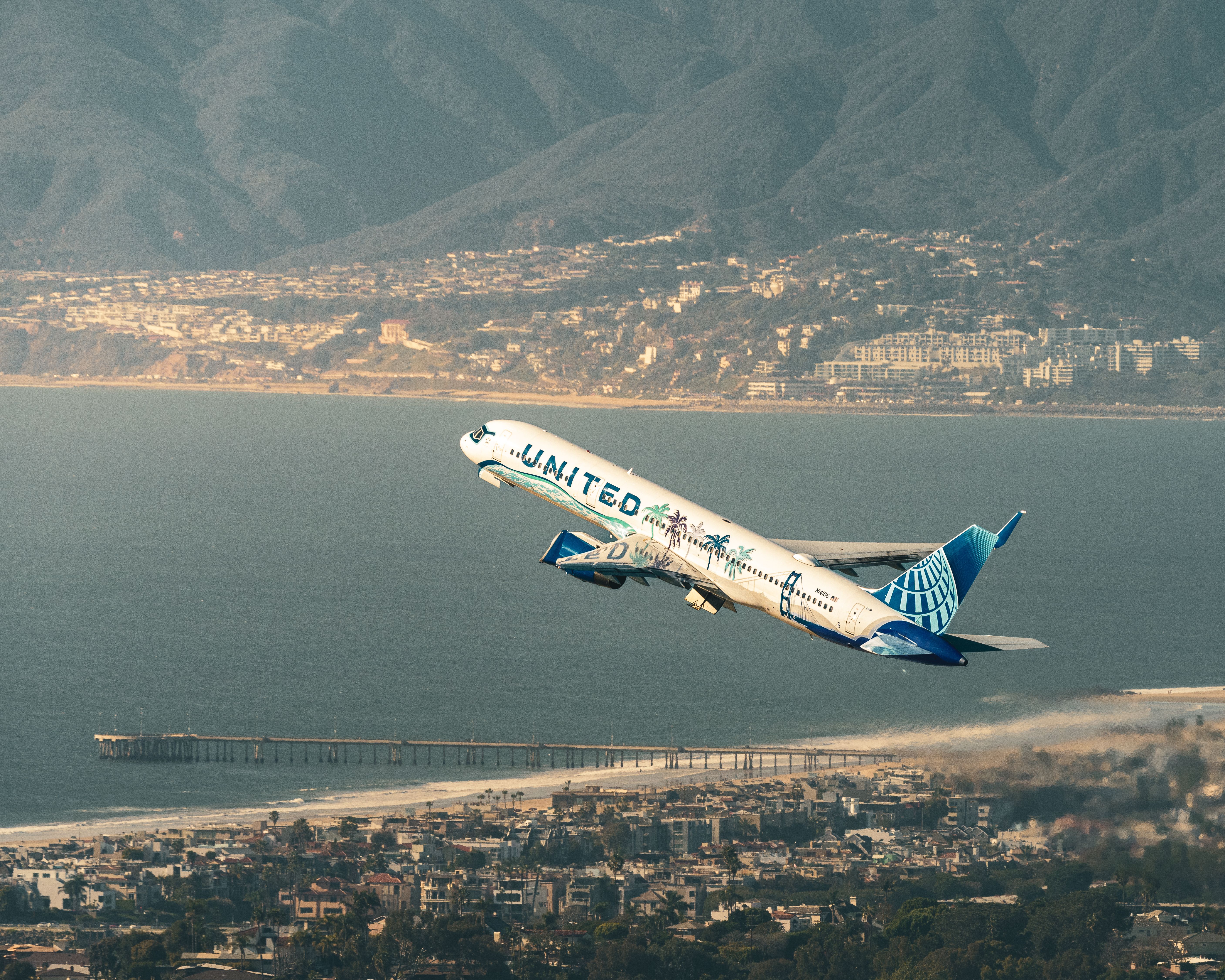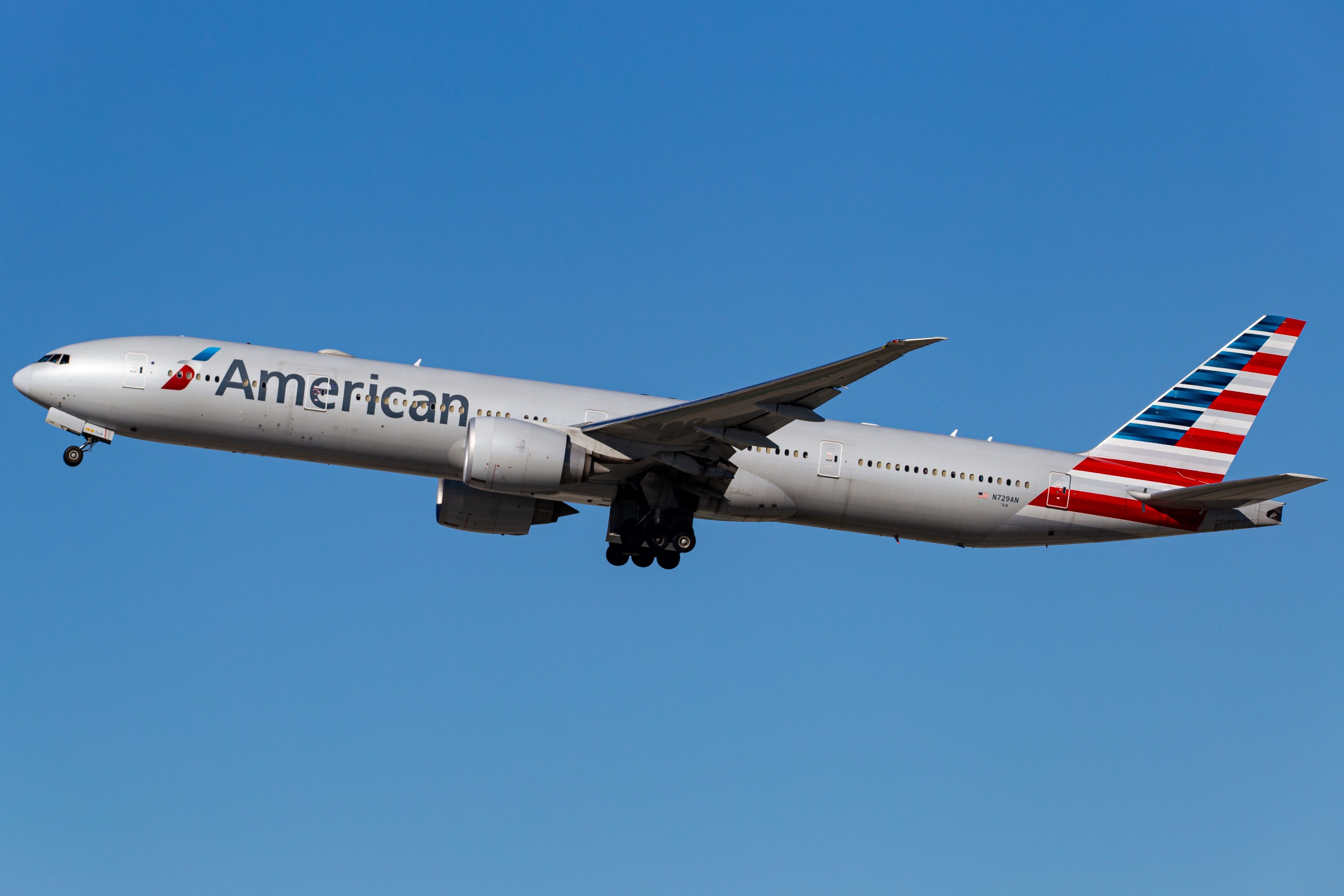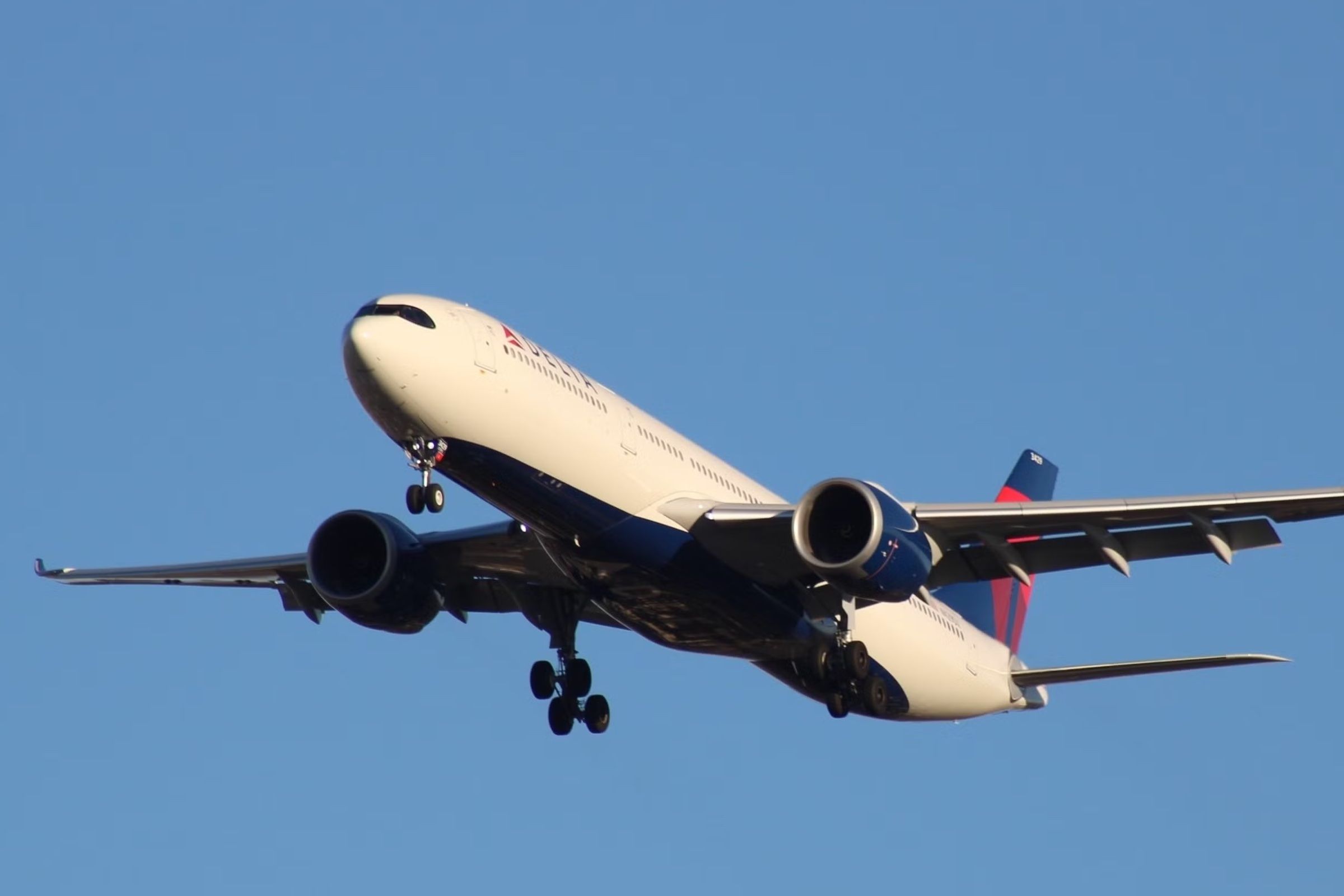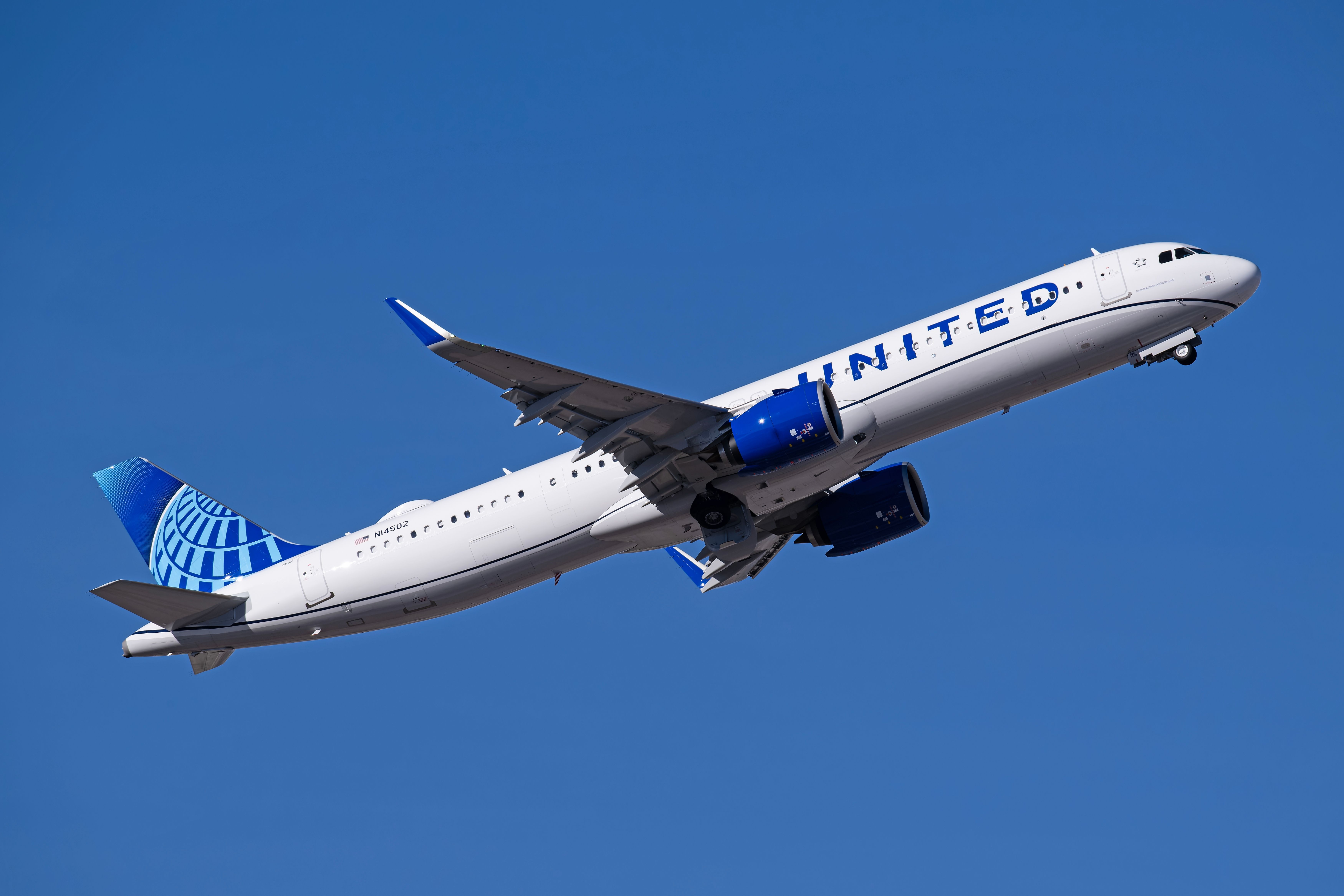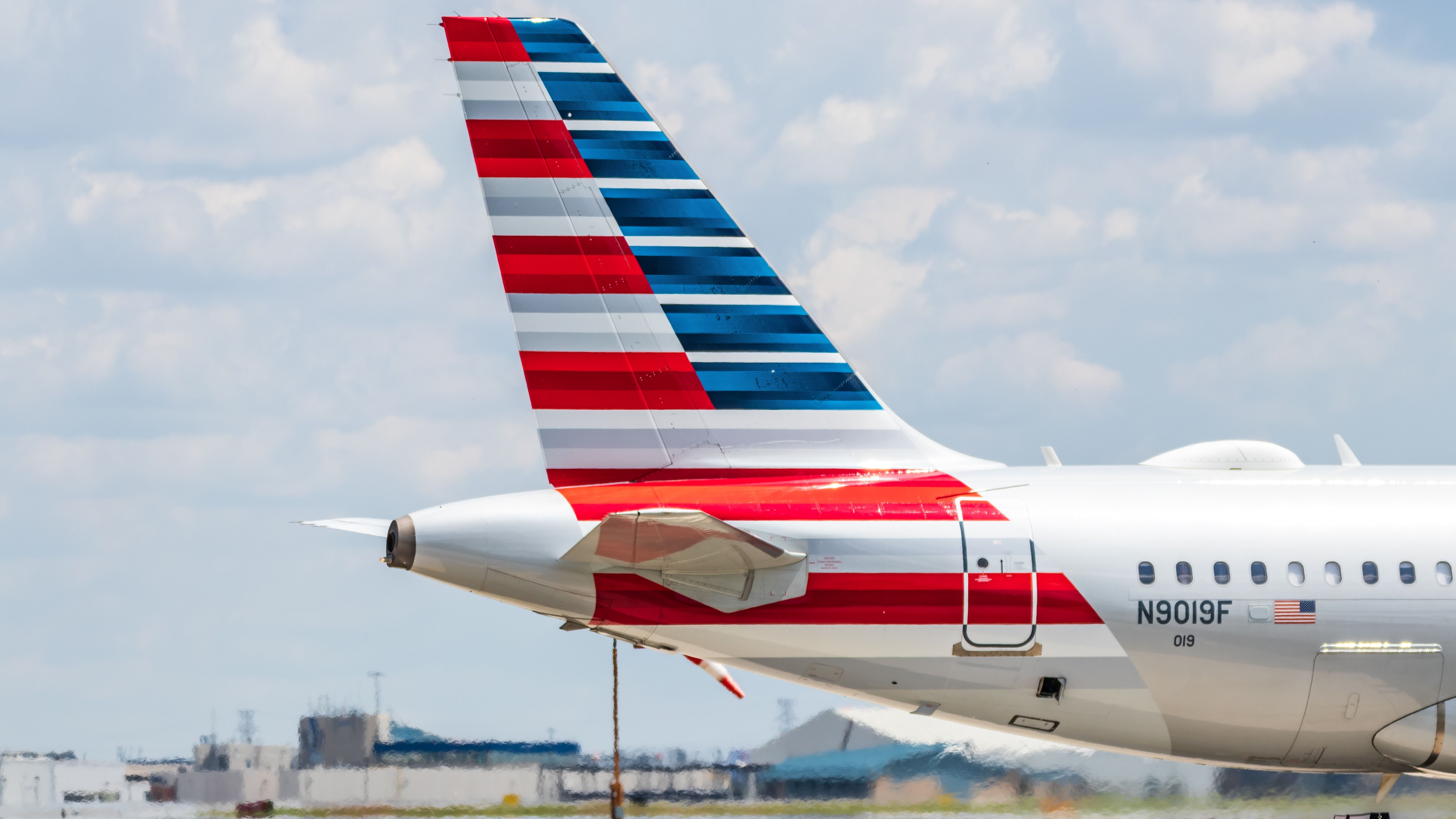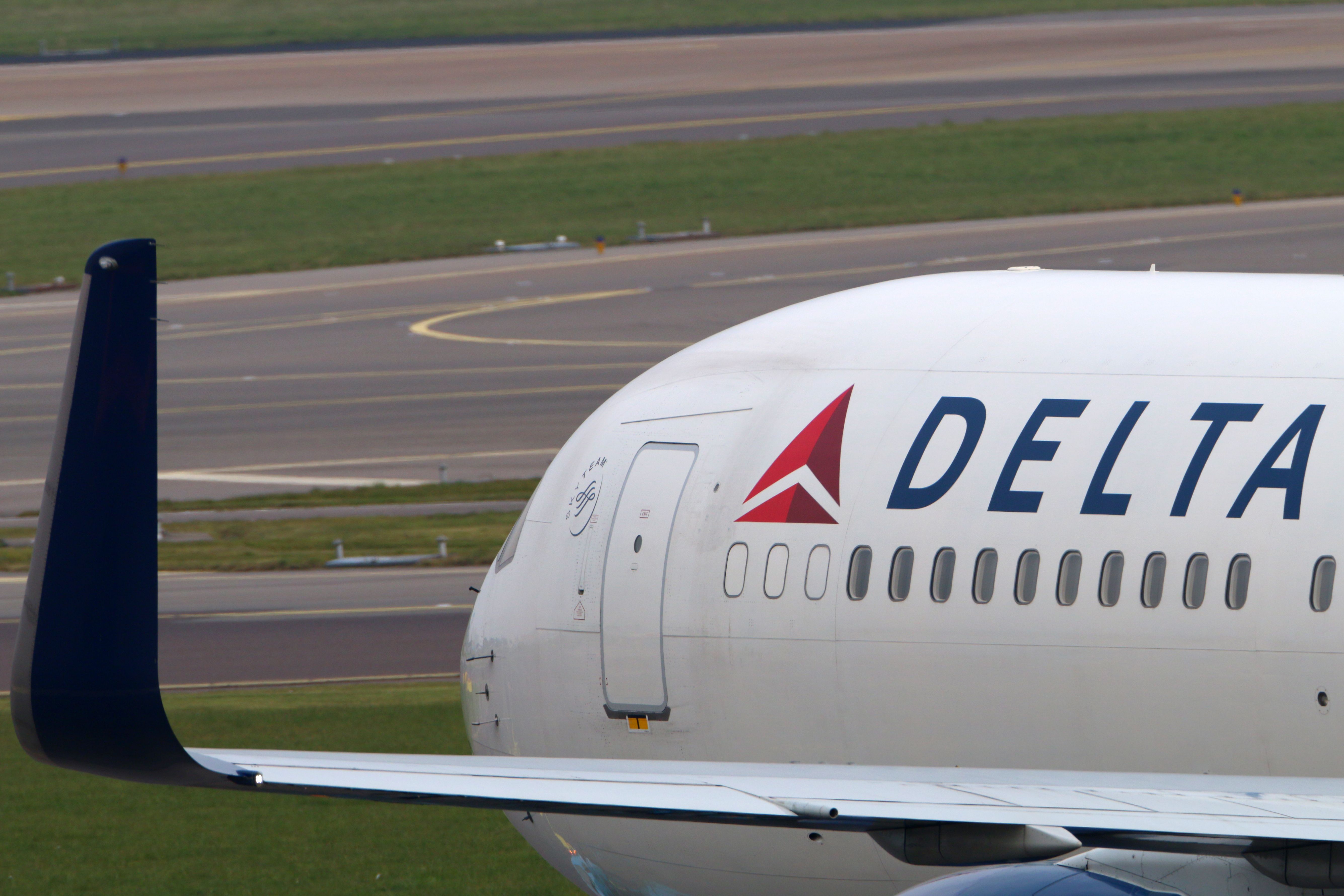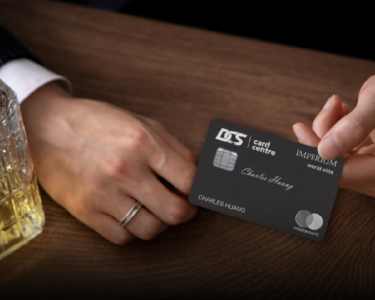Over the past two decades, airline loyalty programs have grown from being relatively small operations, mostly designed to reward a few high-volume business travelers with free flights and other perks. Today, airline loyalty programs are essential elements of an airline’s business model, and they often generate more profits and have higher valuations than the airline itself. United Airlines is often cited as the key case study in this matter, as the airline valued its MileagePlus
loyalty program as more valuable than the airline itself back during the pandemic.
Nonetheless, the same holds true for American Airlines and Delta Air Lines, the two other major legacy carriers, each of which relies heavily on loyalty programs to generate revenue and keep the highest-spending customers from flying with competitors. We at Simple Flying have extensively dug into this issue, examining everything from why airlines spend more on their loyalty programs than almost anything else and why they might choose to offer such a large set of benefits to those who have earned elite status with the carrier.
Nonetheless, the cornerstone of any airline loyalty program is its cobranded credit card offerings, as these offerings allow passengers to engage with the airline’s loyalty system with every single purchase. Furthermore, it gives them the opportunity to amass miles in a much quicker fashion and also lets them earn elite status or receive other perks. As a result, airlines, via their cobranded credit card schemes, have become an increasingly important part of the consumer credit landscape.
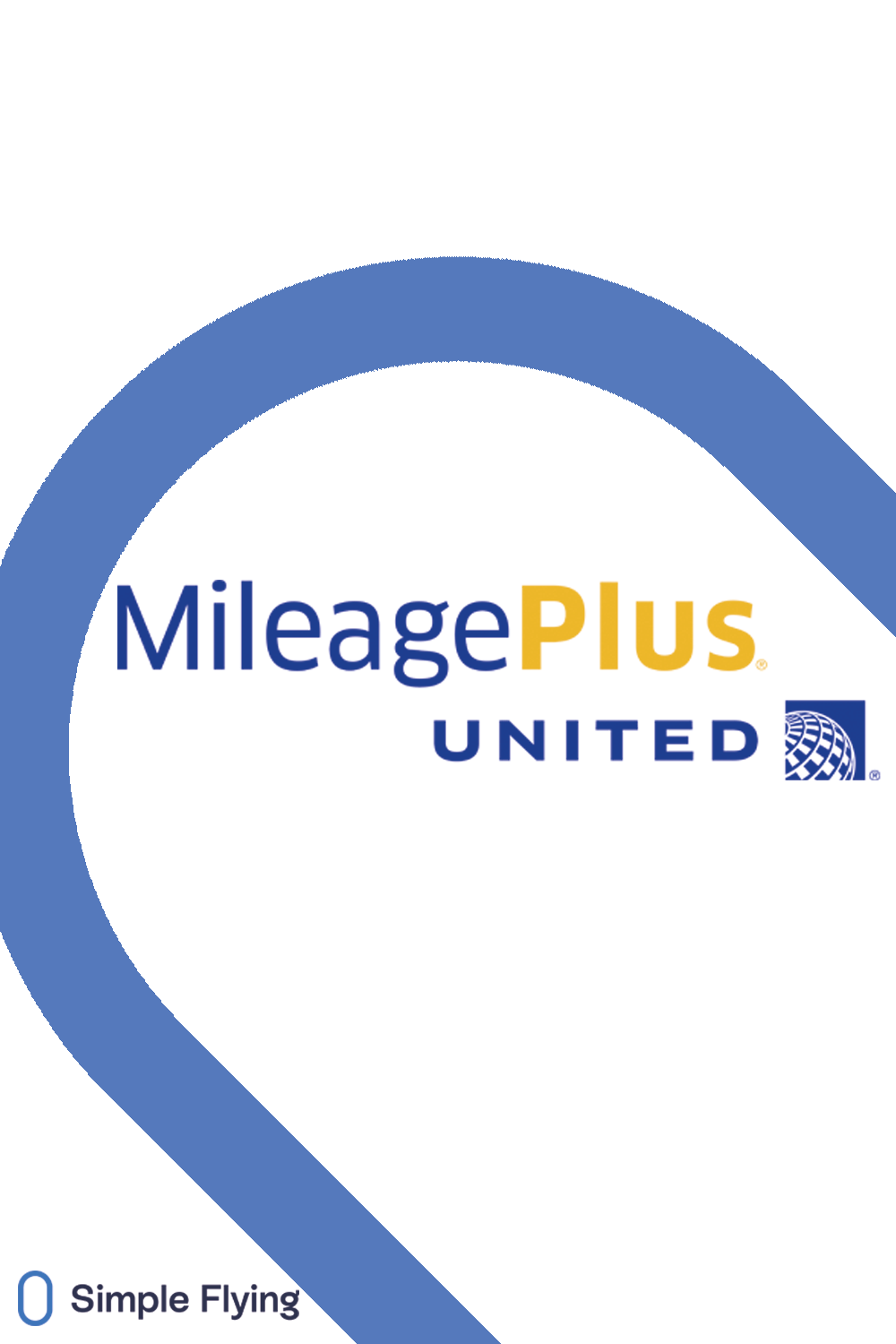
MileagePlus
As the loyalty program of one of the world’s biggest airlines, United MileagePlus is also one of the world’s biggest frequent flyer schemes. Today, there are more than 100 million members of the program.
- Countries
-
United States
- Established Date
-
May, 1981
To encourage customers to sign up for these cards, airlines will often go a step further than just offering them the chance to earn miles with each of their purchases. Almost every single cobranded credit card in America today comes along with what is known as a welcome offer or signup bonus, which is essentially a large number of miles that are offered to one who opens a new cobranded credit card account. In this article, we will take a deeper look at cobranded credit cards, and we will examine five major reasons why airlines offer signup bonuses.
Airlines use signup bonuses to “sweeten the deal”
These bonuses can push passengers towards signing up for a cobranded credit card
The first and most obvious reason legacy carriers offer signup bonuses for new cobranded credit cardholders is to incentivize them to open an account. While opening an account may not seem like a big deal, it can be a major decision for any individual considering the potential impact on their future credit history. A signup bonus can help sweeten the deal, offering an incentive to those who may be hesitant about locking into a commitment that could affect their credit.
Photo: Wenjie Zheng | Shutterstock
Airlines are able to reap the benefits of cobranded credit cards in multiple different ways, most notably by selling points to credit card issuing companies. For example, Delta Air Lines will sell its SkyMiles in bulk to American Express, and the credit card company will be happy to pay for these miles as a result, given the fact that they offer cardmembers a significant benefit. Therefore, the airline’s ability to get customers to consistently sign up for these kinds of credit cards is essential.
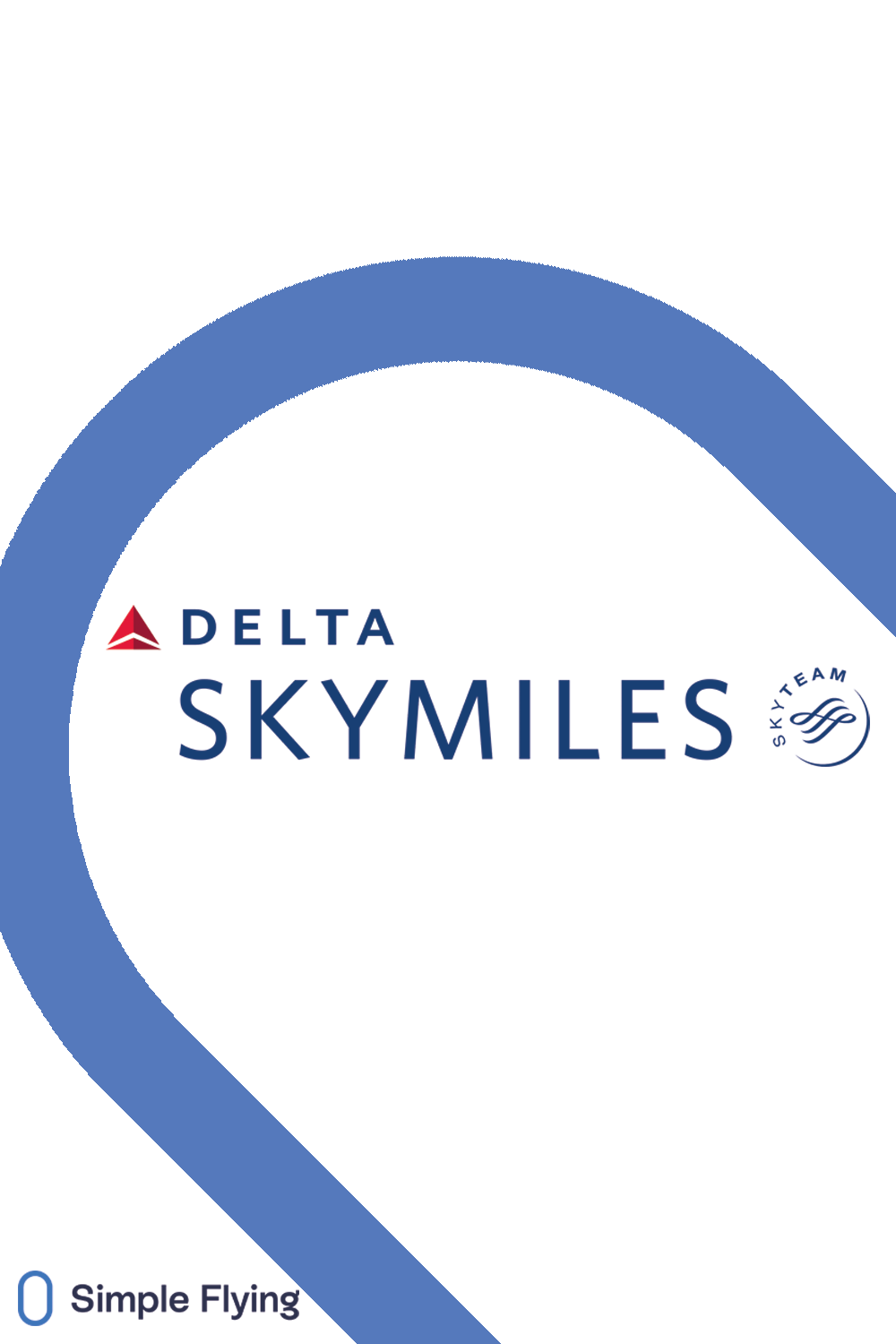
SkyMiles
- Countries
-
United States
- Established Date
-
1981
By providing healthy signup bonuses, airlines can appeal to passengers, convincing them that, in exchange for applying for and committing to a new credit card, they will be able to receive a small additional benefit. Furthermore, signup bonuses are excellent for marketing purposes, as they can immediately portray to passengers the short-term upsides of signing up for a new card, even one which might lock them into a long-term commitment.
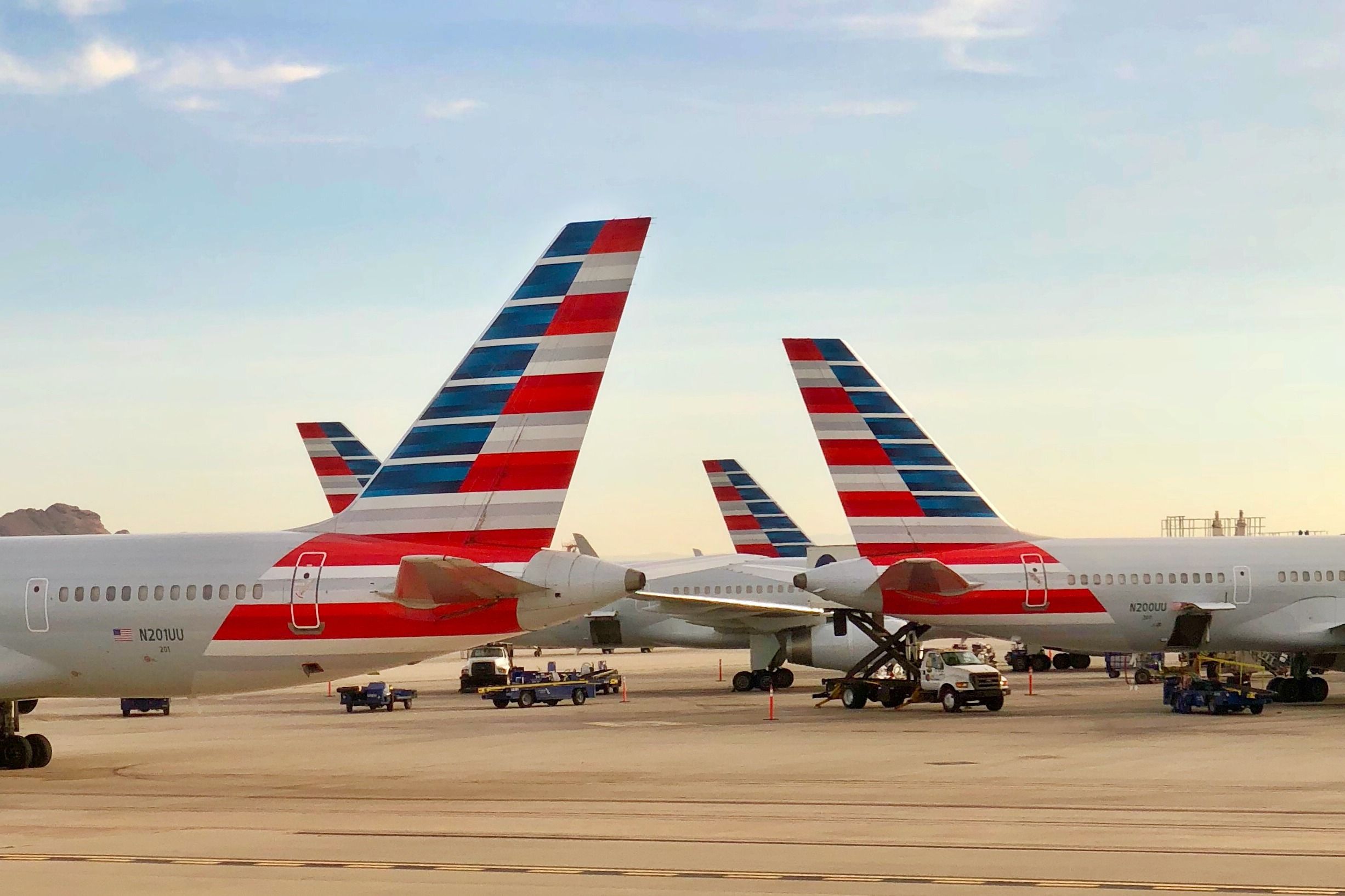
Related
American Airlines Updates Q4 Guidance With Gains From Citi Credit Card Deal
American Airlines was the third US airline to improve Q4 guidance, with the carrier highlighting an improved revenue environment during the quarter.
Signup bonuses incentivize spending on cobranded cards
This is where airlines really make their money
One of the other things that cobranded credit cards really bring to the table is that their signup bonuses tend to require a minimum amount of spending. According to the Delta Air Lines website, those signing up for a Delta American Express Platinum Card are eligible to receive 90,000 bonus miles, as part of a limited-time promotion. However, these miles have some strings attached to them.
Photo: The Global Guy | Shutterstock
For starters, in order to be eligible to receive these miles, customers must spend at least $4,000 on their platinum cards within the first six months of opening their accounts, something which incentivizes cardholders to develop spending habits on their cards. These spending habits will often become long-term norms, meaning that customers will get used to spending money on airline-cobranded cards and earning miles from purchases, thus giving airlines the opportunity to continue growing their customer base and sell more miles to credit card companies.
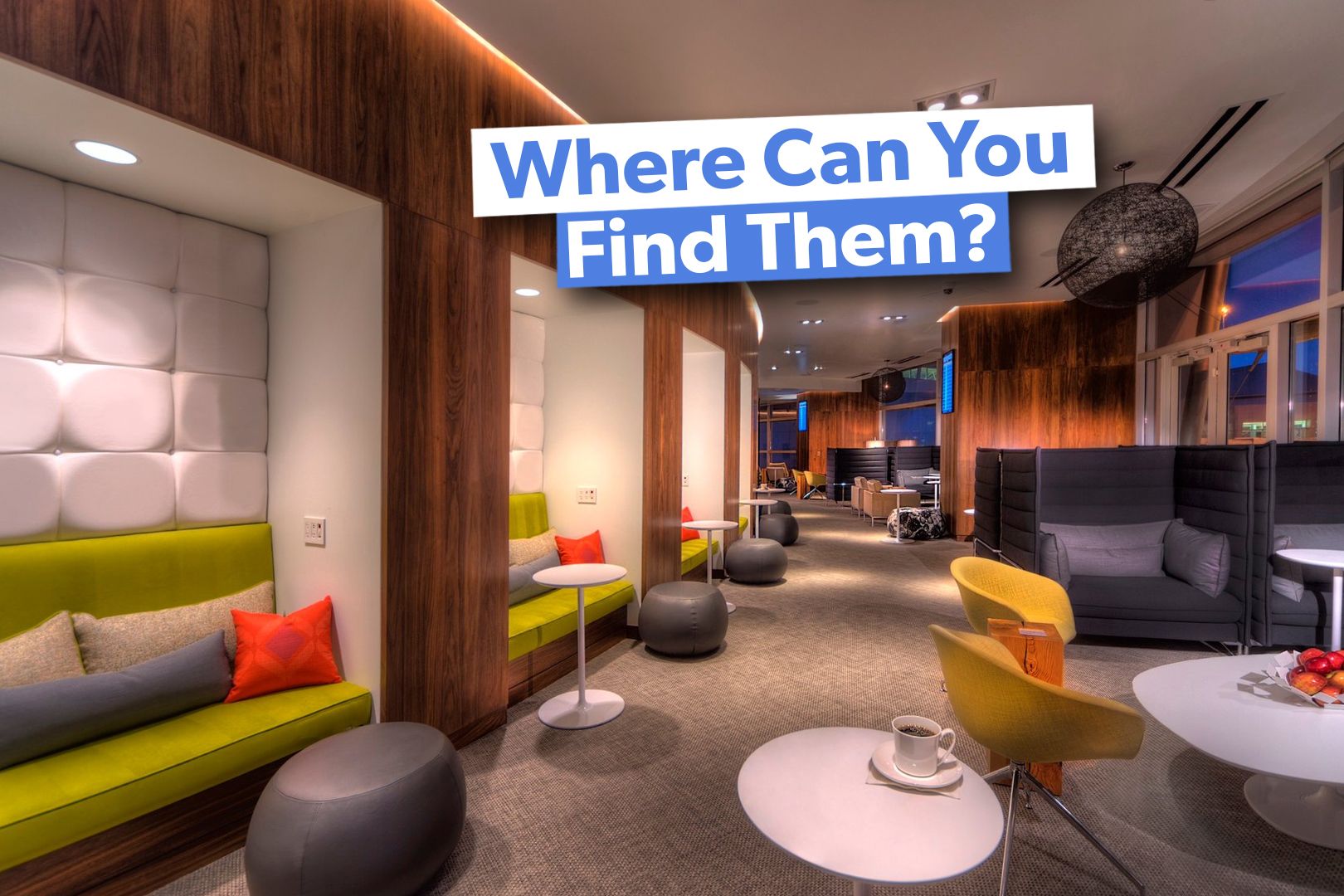
Related
The 15 American Express Centurion Lounges In The US
These lounges are known for their exquisite food and ambiance.
Signup bonuses can help offset annual fees
These bonuses give passengers a positive benefit that will cancel out their annual fee for at least the first year
One of the biggest drawbacks from signing up for an airline cobranded credit card is that it will often come along with a hefty annual fee, one which will potentially lock a passenger into spending hundreds of dollars. By offering passengers a hefty signing bonus, they can help offset the annual fee for at least the first few years. With 90,000 bonus miles, passengers can quickly book a trip that may cost more than double their annual fee, easily justifying it for the first few years.
Photo: Robin Guess | Shutterstock
These signup bonuses can help passengers through the stage in which they are questioning whether it is worth actually keeping a cobranded credit card account open. As a result, passengers can slowly ease into having an airline cobranded credit card without questioning whether it is worth the financial investment they are making in its annual fee. Therefore, cobranded credit cards can be appealing to even the most apprehensive and financially-minded customers.
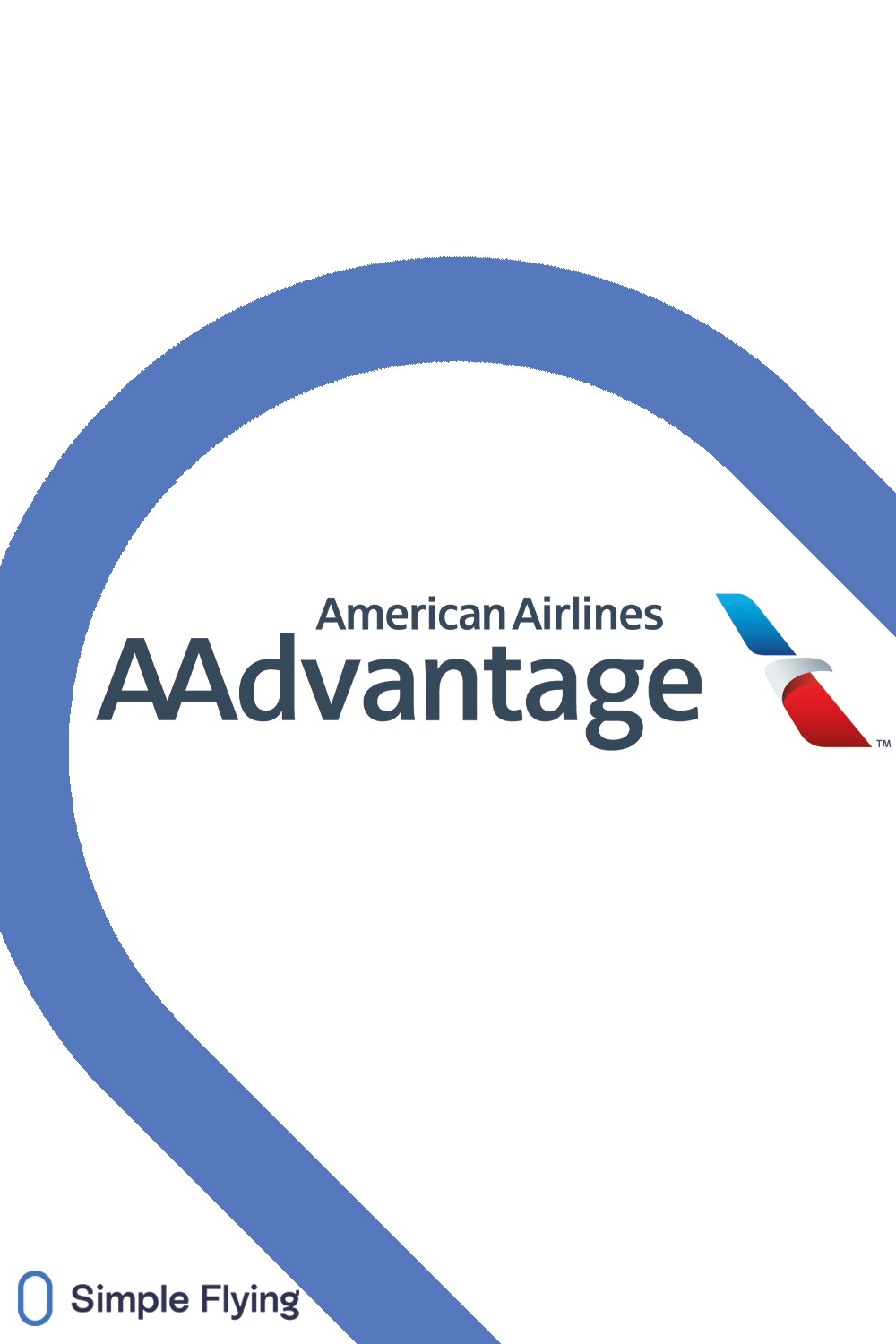
AAdvantage
The American Airlines AAdvantage frequent flyer program was launched by the United States carrier on May 1st, 1981. It was the second loyalty program to be launched by an airline worldwide, and today it is the oldest still in existence.
- Countries
-
United States
- Established Date
-
May 1, 1981
Welcome offers provide a well-defined short-term benefit
One of the other largest benefits offered by signup bonuses is that they can provide airlines with an easily realizable short-term benefit to entice passengers. For example, airlines can (and almost always do) advertise the signup bonuses that their credit cards come along with, and they will often note what exactly passengers can get with these bonus miles. One flying with Delta Air Lines will often hear that signing up for a new Delta American Express Gold Card will come along with enough bonus miles to fly one almost anywhere within the United States roundtrip.
Photo: The Bold Bureau | Shutterstock
Furthermore, one of the most important sales tactics used by airlines is having their flight attendants advertise their credit cards while onboard their aircraft. By referencing an appealing bonus offer, flight attendants can quickly attract passenger attention, before passing along the other details of a card’s specific offering.
Airlines can use welcome bonuses to incentivize upgrades
Carriers have an incentive to encourage passengers to upgrade to higher-priced card offerings
The final reason why airlines offer passengers welcome bonuses is to incentivize upgrades between their different cobranded card products. Delta Air Lines, for example, is offering some customers up to 40,000 SkyMiles to upgrade to the Delta American Express Business Reserve Card, which comes along with a hefty annual fee but does offer benefits like lounge access, according to the American Express website.
Photo: Fasttailwind | Shutterstock
These kinds of bonuses encourage cardholders to sign up for credit cards they may not have even been remotely interested in, by enticing them with appealing offers. By moving more customers towards more expensive cards, they can generate even more revenue.
8:43
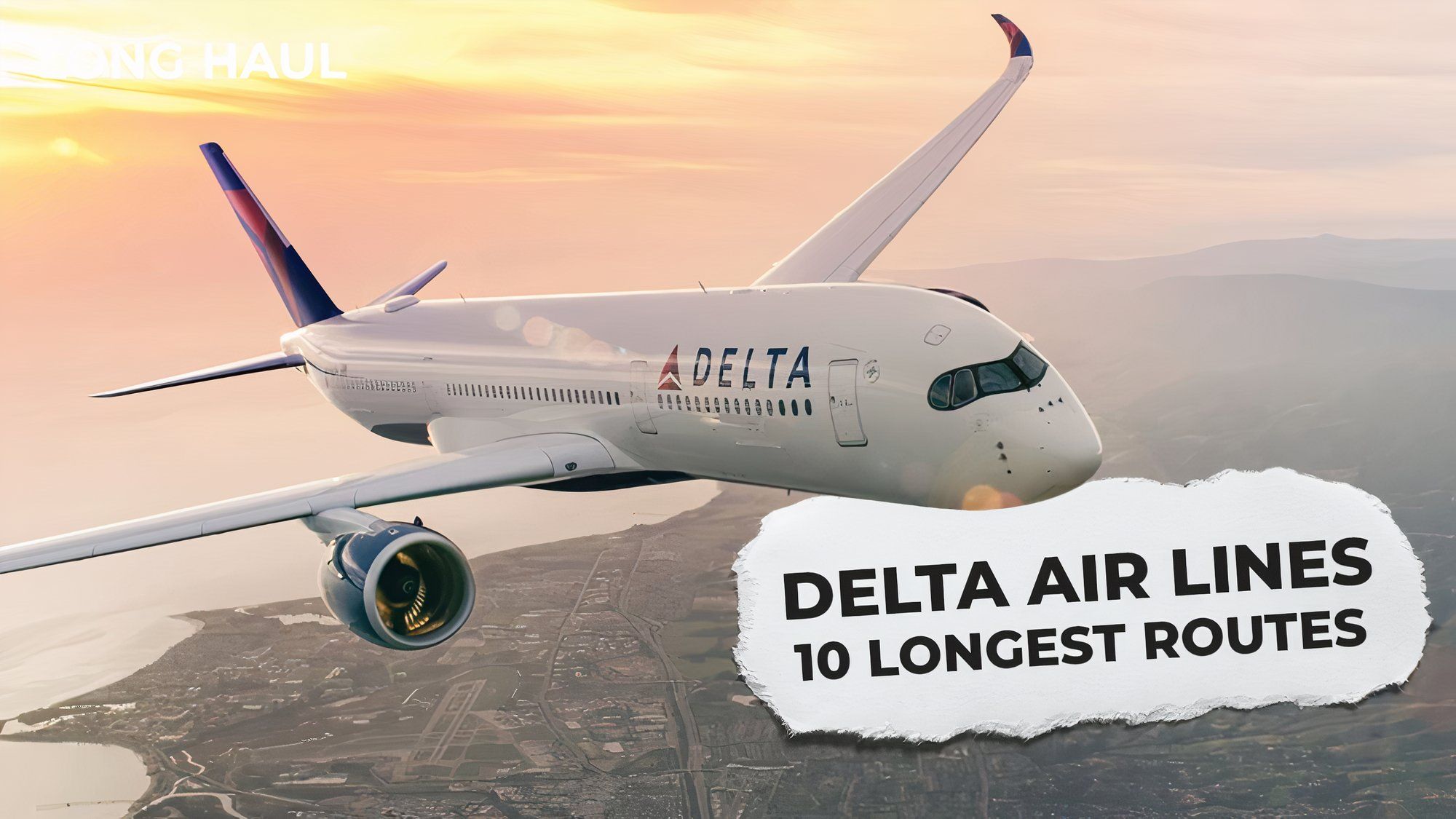
Related
Up To 17 Hours: Delta Air Lines’ 10 Longest Routes
This year, Delta will serve Melbourne from Los Angeles and will join Qantas and United, becoming the city pair’s third operator since Virgin Australia pulled out in 2020. The upcoming Los Angeles-Melbourne service ranks 3rd on the airline’s list of longest routes. So what are the other 9?
Let’s have a look for today’s video!


